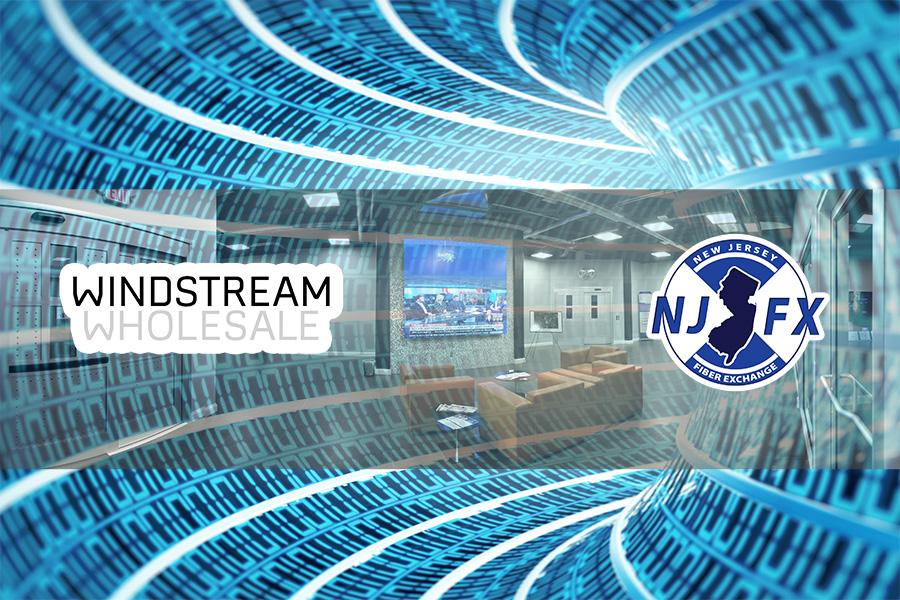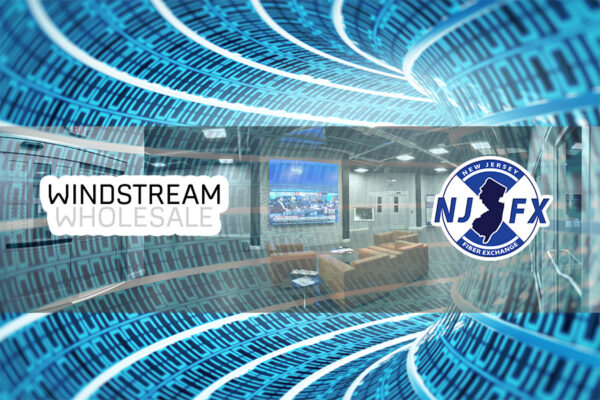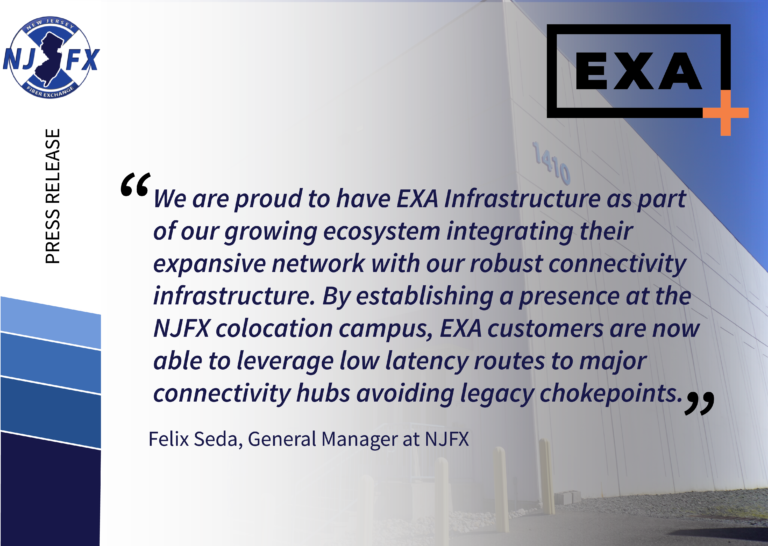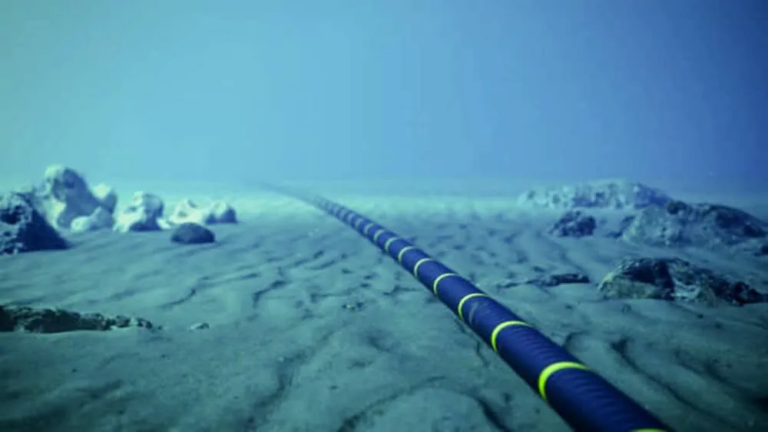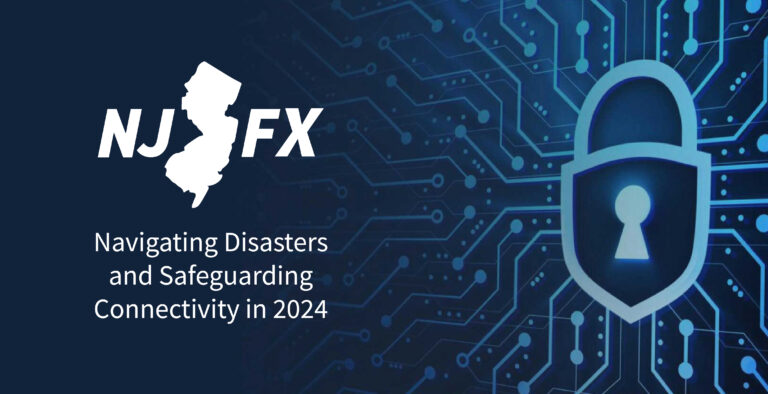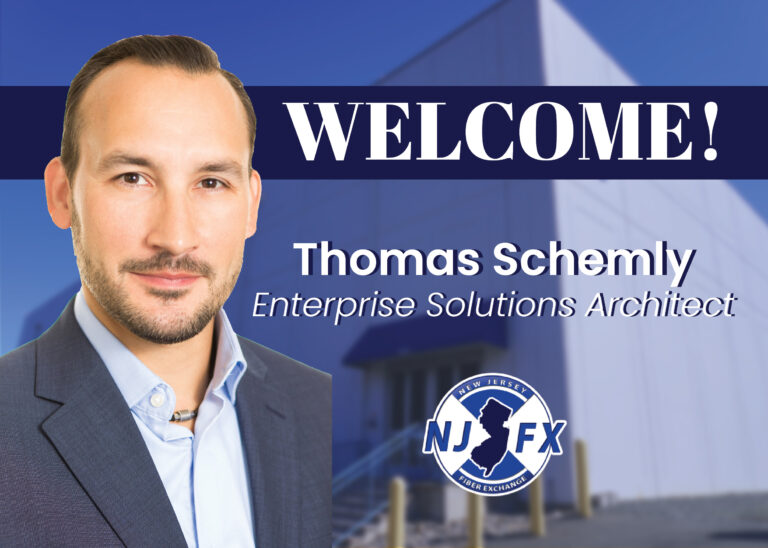NJFX Hosts Briefing with Federal, State and Local Law Enforcement Partners on Strengthening Data Centers and Cable Landing Stations
NJFX Hosts Briefing with Federal, State and Local Law Enforcement Partners on Strengthening Data Centers and Cable Landing Stations
Securing National IT Infrastructure Requires Public/Private Partnership
August 30, 2022
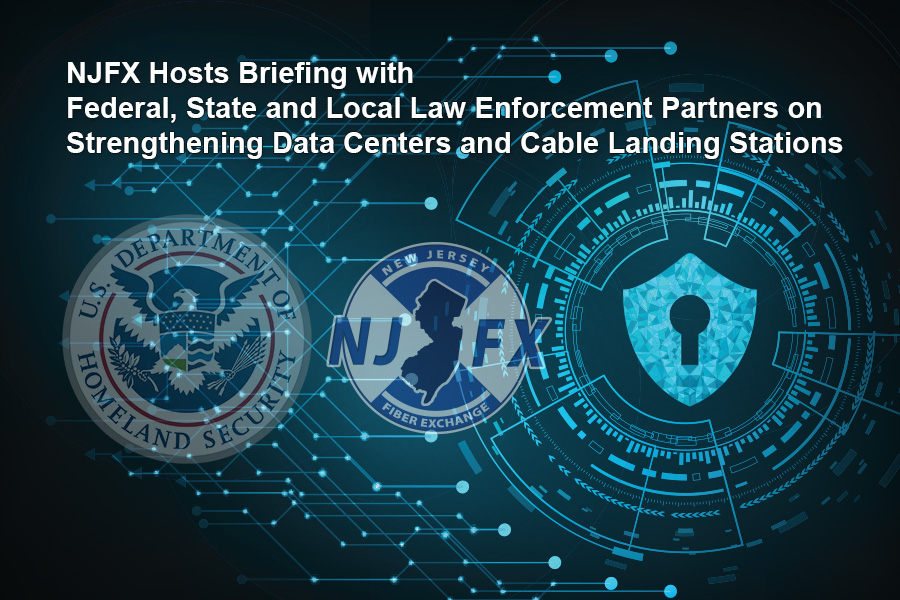
Wall Township, NJ – NJFX, the only Cable Landing Station (CLS) colocation campus in the U.S offering Tier 3, carrier-neutral data center capabilities, has announced a partnership with the Department of Homeland Security’s Cybersecurity and Infrastructure Security Agency (CISA) to protect against and prevent cyber and physical threats in the future.
NJFX Site Access Manager, Mike Reverendo, is in direct and consistent communication with the Department of Homeland Security (DHS) and CISA to help provide crucial information about U.S. infrastructure. Recently, Reverendo and his team of interns utilized a tool offered by DHS to proactively evaluate NJFX compared to other critical infrastructure throughout the nation. Michael Beekman and Tiffany Antonelli, both in the Criminal Justice Master’s Program at Monmouth University, presented a detailed assessment to officials from local, state and federal government. This briefing assists these agencies with the key tools they need to assess readiness of organizations across the country – for example a process to review a facility’s power, cooling and core functions and how that facility can continue to operate if any or all of these functions fail. The presentation turned into a collaborative discussion with state and local law enforcement about how to proceed and further work together in the future.
“We got some great feedback from this briefing. The simple fact that NJFX was willing to coordinate and cooperate with officials was very much appreciated,” comments Reverendo.
“There are few organizations that work with DHS at federal level, out of a hesitancy that they will open themselves up to regulation, changes to protocol or even be forced to give up control. But this is not a ‘gotcha’ attempt by these agencies. They are looking for assistance and input from those of us in the industry who can help them where they need guidance.”
DHS was created after America was targeted by terrorists as an agency to secure the U.S. from attacks by “land, air or sea”. Today, the Department is also engaged in protecting our country from attacks via cyberspace. The CISA division of DHS works actively to assess threats and vulnerabilities in our nation’s IT infrastructure, whether they are manmade or natural disasters.
One of the goals of CISA is to defend against threats to our infrastructure and to collaborate with public and private partners to build more secure and resilient infrastructure to protect against and prevent cyber and physical threats in the future. To achieve that goal, CISA partners with private organizations like NJFX.
Recent examples of what can happen when that infrastructure is not protected include the ransomware attack on Colonial Pipeline in April, followed by the biggest ransom demand to date – $50M – against Acer computers in May. These attacks made headlines. According to the University of Maryland, hackers attack every 39 seconds. That is an average of 2,244 attacks EVERY DAY. Those are cyber events. An explosion in downtown Nashville last Christmas significantly damaged an AT&T building, causing widespread regional outages.
DHS also helps protect critical infrastructure from natural disasters, like hurricanes. As peak Atlantic hurricane season looms, NJFX is secure 64-feet above sea level and outside the NY/NJ metro area, making it impervious to tidal surge and ideal for disaster recovery. In addition, NJFX is a CAT-5 hurricane resistant infrastructure with onsite generators with fuel for up to five days of uninterrupted emergency service. DHS works with facilities like NJFX to make sure telecommunications infrastructure is up and running in times of emergency, which is crucial for public safety communications.
“We value our relationships with these agencies, and we know it’s through close collaboration with all types of organizations that they can ultimately stay one step ahead of those who want to do harm,” concludes Reverendo. Expect the unexpected is a motto that the NJFX was founded upon, and the facility continues to operate with that in mind today.
###
About NJFX:
NJFX is a Tier 3 Carrier Neutral Cable Landing Station campus. Our colocation ecosystem has expanded to over 35 network operators offering flexibility, reliability, and security. Our Wall, NJ location provides direct access to multiple subsea cable systems giving our carriers diverse connectivity solutions and offers direct interconnection without recurring cross-connect fees.
More In the News
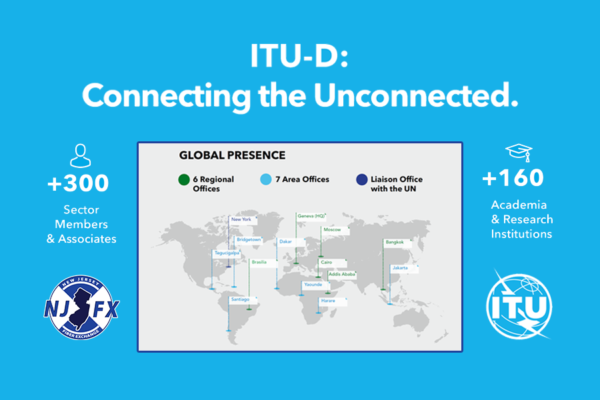
NJFX Participates with the United Nations in Helping to Bridge the Digital Divide
NJFX Participates with the United Nations in Helping to Bridge the Digital Divide Efforts Aimed at Getting the Other Half of the World Online March

Zayo Bolsters Fiber Network Capabilities at NJFX Cable Landing Station
Zayo Bolsters Fiber Network Capabilities at NJFX Cable Landing Station Enables Increased Capacity and Diversity and Offers Customers Access to Four Subsea Cables February 22,
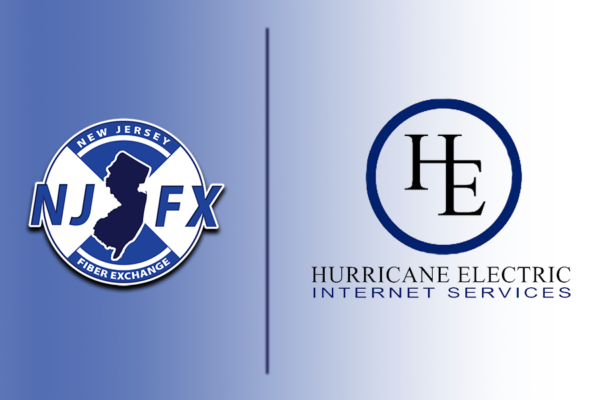
Hurricane Electric Expands Global Network to New Jersey With New Point of Presence at NJFX
Hurricane Electric Expands Global Network to New Jersey With New Point of Presence at NJFX Located in the only Cable Landing Station Colocation Campus in
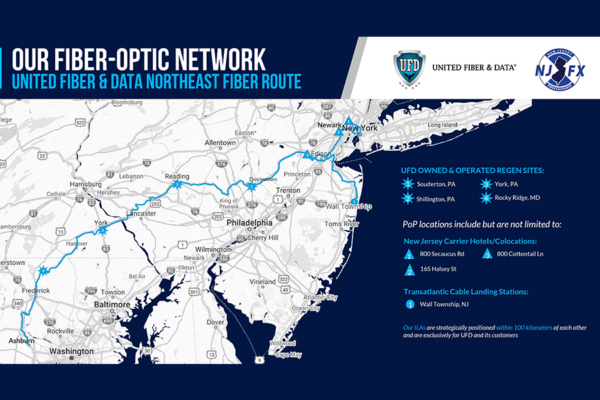
NJFX Boosts Its Interconnection Ecosystem with New and Diverse United Fiber & Data Fiber Route
NJFX Boosts Its Interconnection Ecosystem with New and Diverse United Fiber & Data Fiber Route November 18 , 2020 Wall Township, NJ – NJFX, the
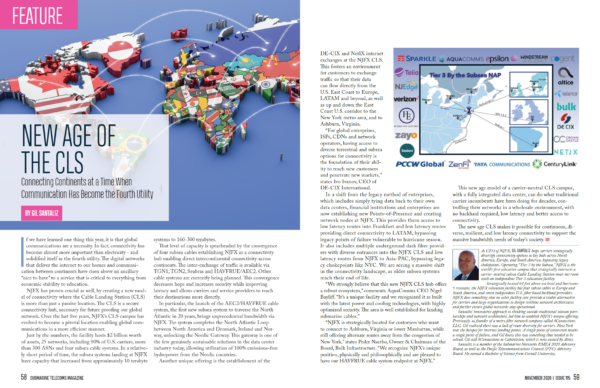
New Age of the CLS
Originally published in SubTel Forum, November 2020, Issue 115 Operating the NJFX CLS Campus Gil Sanataliz CEO Originally published in SubTel Forum, November 2020, Issue 115
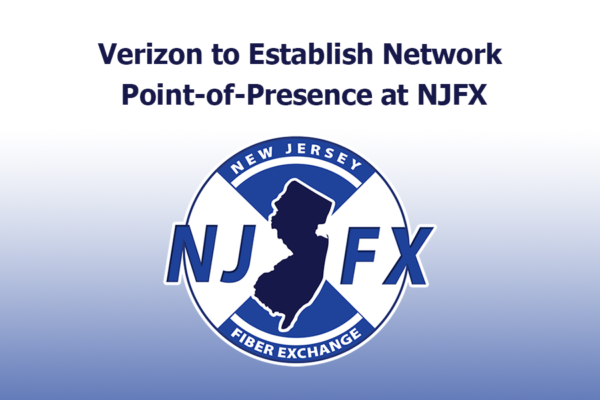
Verizon to Establish Network Point-of-Presence at NJFX
Verizon to Establish Network Point-of-Presence at NJFX Its underground fiber long-haul network is a key asset for secure, resilient infrastructures October 13, 2020 Wall Township,

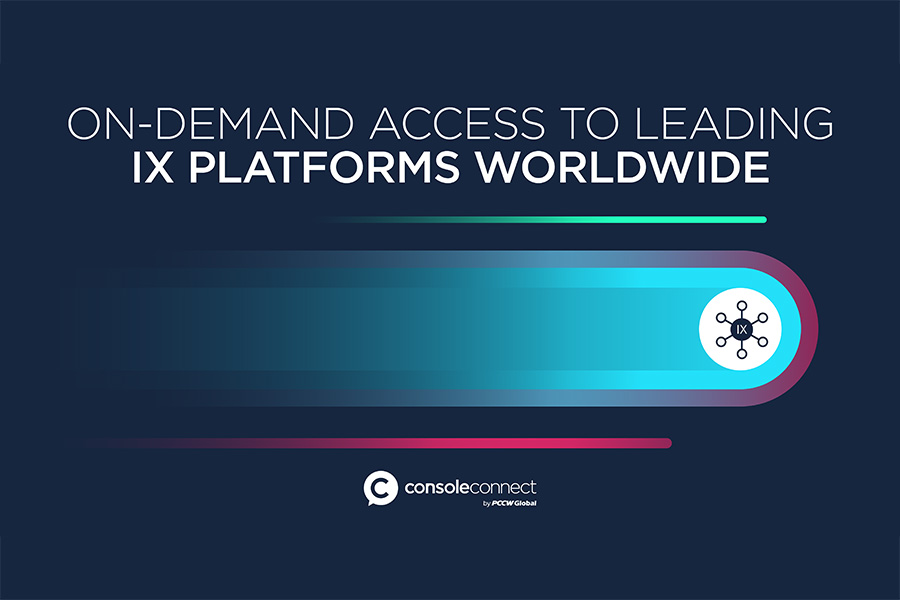




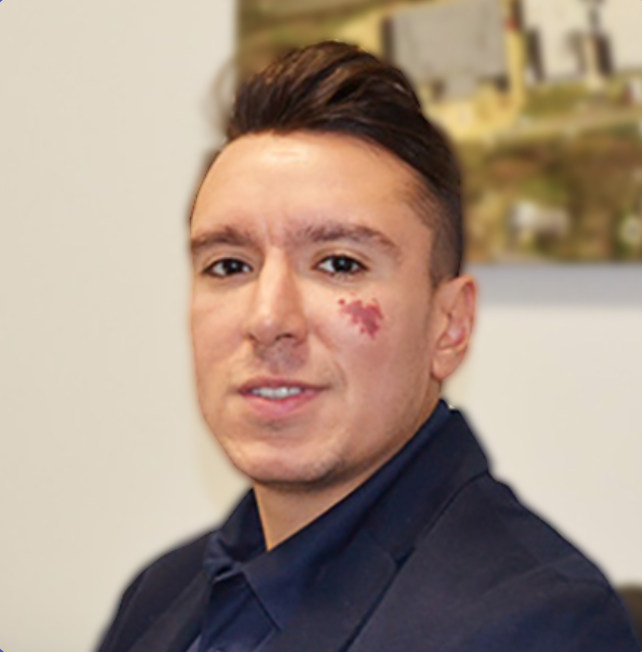
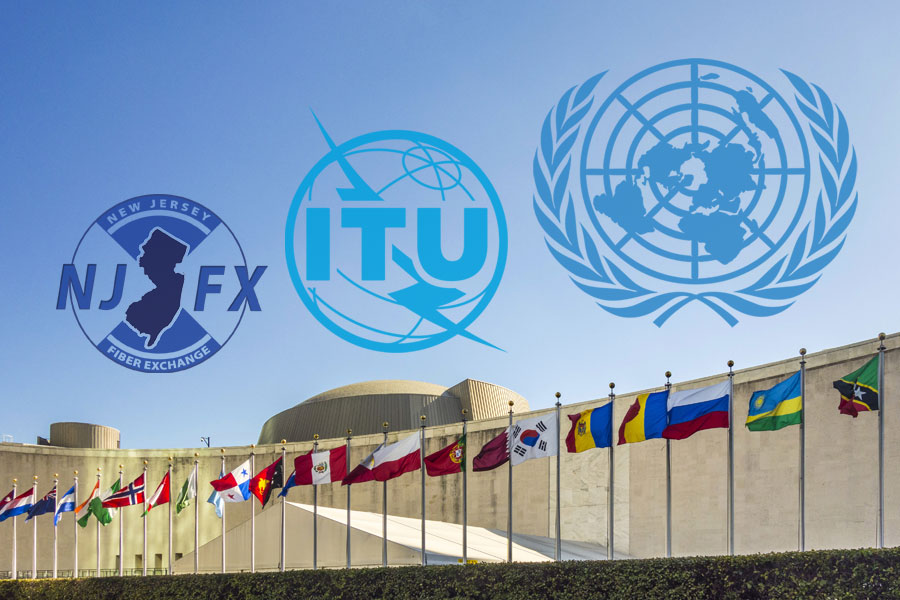
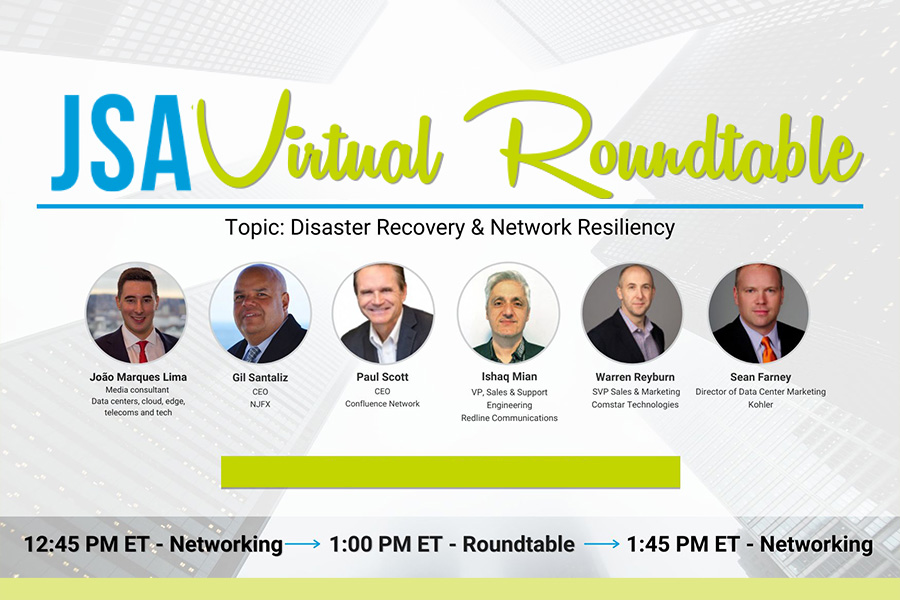

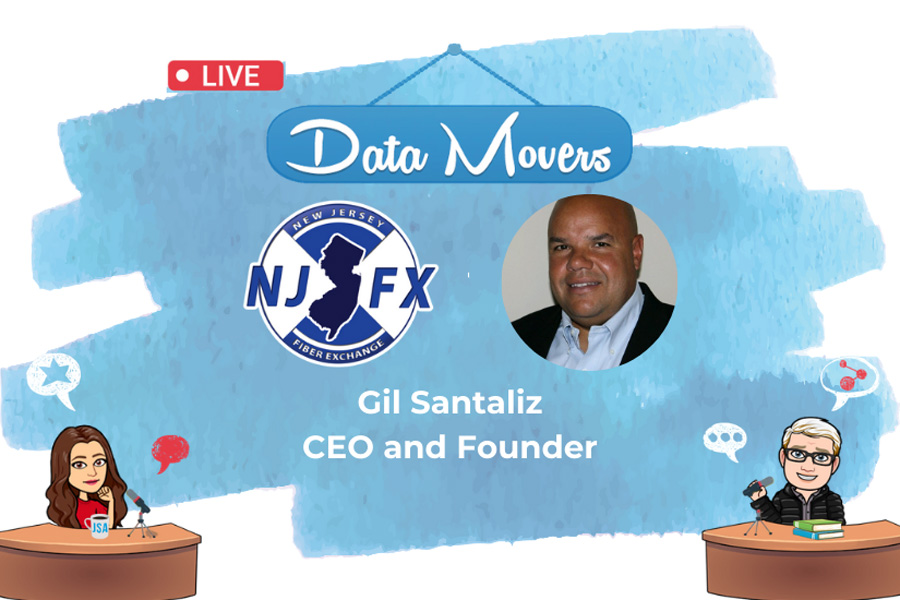

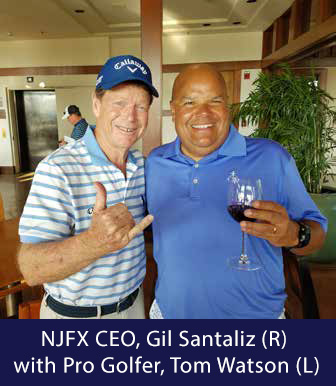 If electricity fails, there are plans for backup power. But, if you lose your IT network, then operating a business becomes impossible. If your connectivity is based on only two or three traditional carriers, then it is time to ensure your understanding of whether or not those carrier assets are actually physically diverse.
If electricity fails, there are plans for backup power. But, if you lose your IT network, then operating a business becomes impossible. If your connectivity is based on only two or three traditional carriers, then it is time to ensure your understanding of whether or not those carrier assets are actually physically diverse.